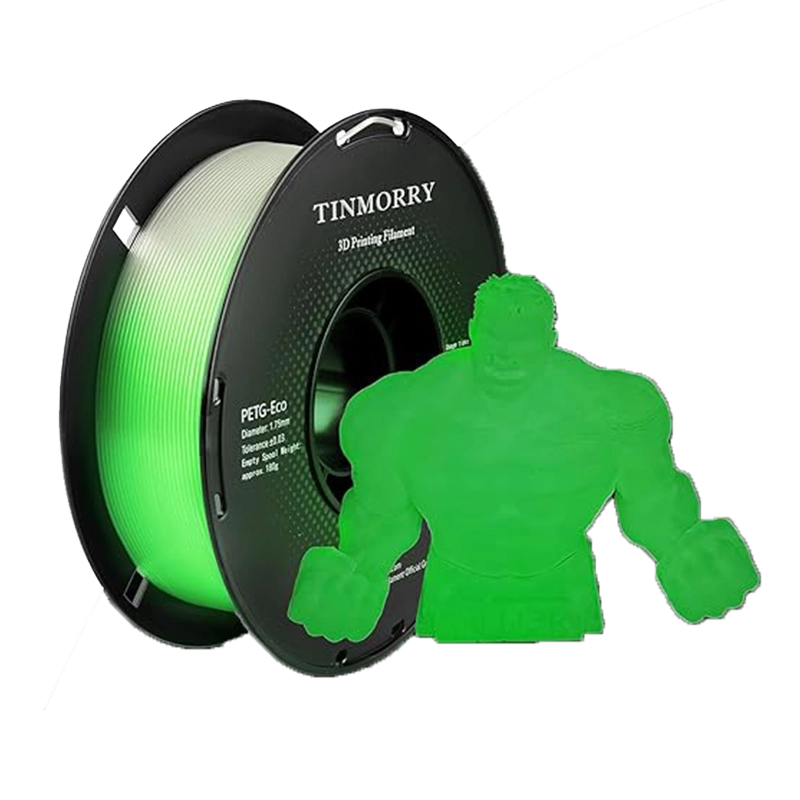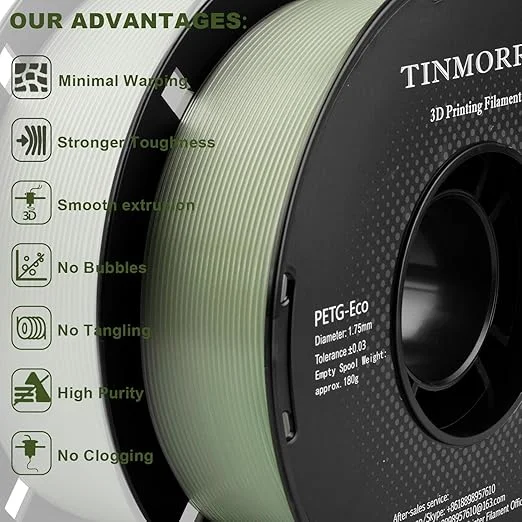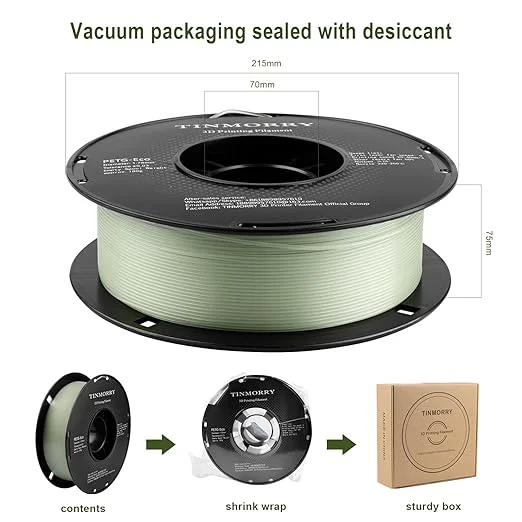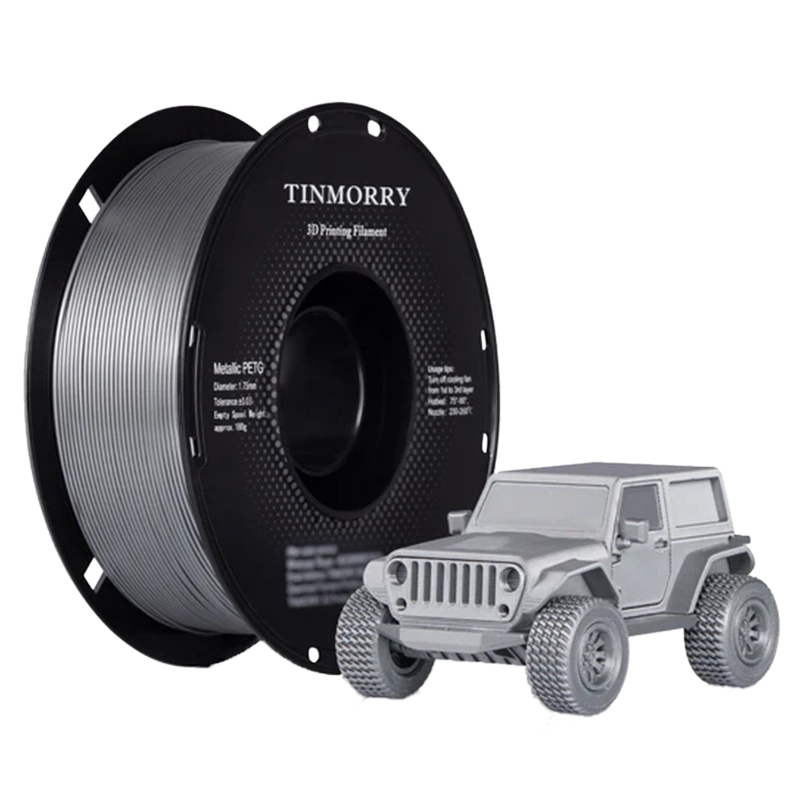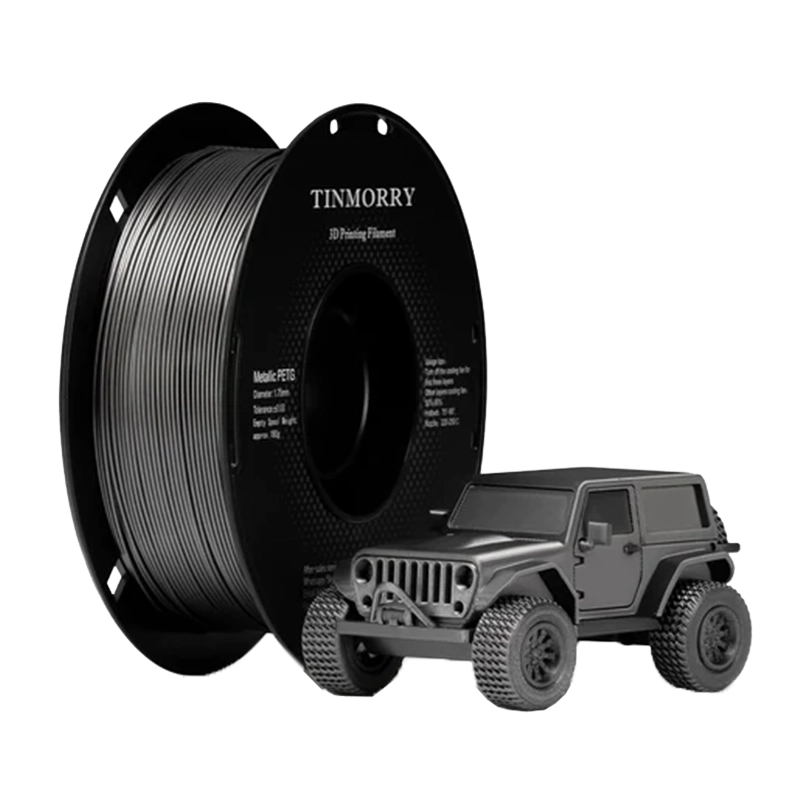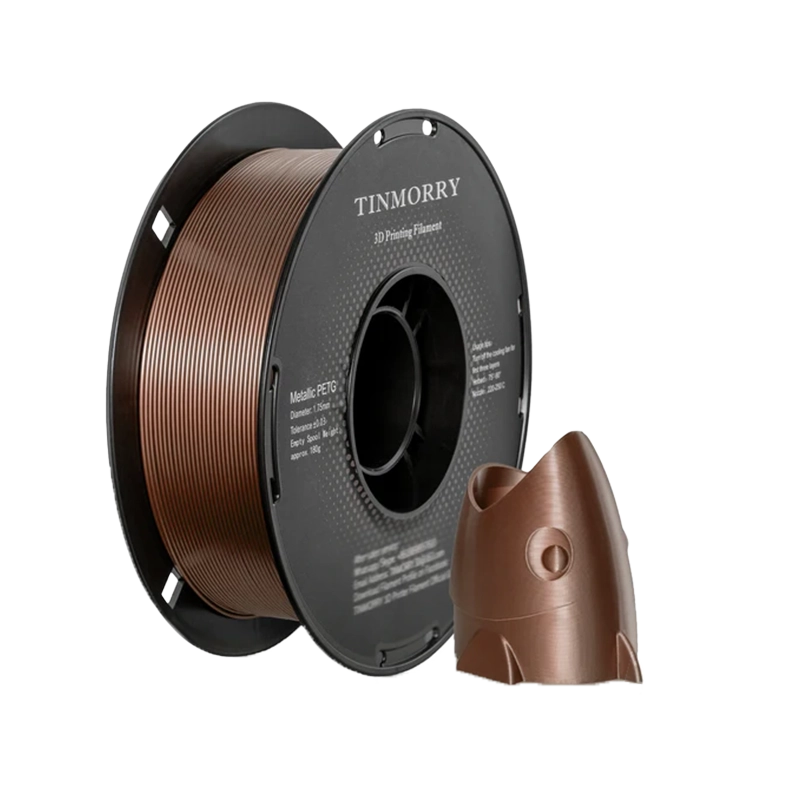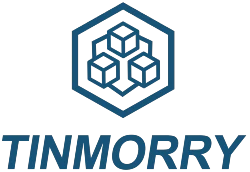
Discover the future of 3D printing with TINMORRY, your one-stop destination for high-quality 3D printer supplies. Whether you’re a hobbyist, professional, or industrial expert, we provide top-notch materials that redefine possibilities in additive manufacturing.
Premium 3D Printing Filament PETG for High-Quality, Reliable Prints
PETG 3D Filament
When creating high-quality 3D prints, PETG filament has become a go-to choice for hobbyists and professionals. Polyethylene Terephthalate Glycol (PETG), combines the strength and durability of ABS with the user-friendly properties of PLA, making it an exceptional material for various applications. Whether designing prototypes, crafting intricate models, or producing functional parts, PETG 3D printing material offers unmatched versatility and reliability.
What Makes PETG Filament Special?
It is renowned for its strength, flexibility, and chemical resistance balance. Unlike PLA, PETG is less brittle, making it suitable for projects requiring robustness. Its water-resistant and UV-stable properties ensure durability, even in outdoor conditions. Furthermore, PETG is non-toxic and food-safe, making it versatile for industrial and household applications.
While PETG is naturally transparent, it is available in various vibrant colors, enabling users to achieve both functional and aesthetic results.
Properties of PETG 3D Printer Filament
PETG is a versatile material known for its strength and flexibility, making it resistant to cracks and breakage under stress. Its excellent chemical and water resistance makes it ideal for applications like storage containers, outdoor equipment, and industrial components. Additionally, PETG is user-friendly, exhibiting minimal warping and ensuring high-quality prints with smooth finishes due to its superior layer adhesion. It also offers remarkable temperature stability, maintaining its structural integrity under varying conditions over time.
Applications
The versatility of PETG 3D printer filament allows it to cater to a broad spectrum of uses, such as:
- Industrial Parts: Its strength and chemical resistance make PETG ideal for creating machine components, fixtures, and enclosures.
- Outdoor Products: The UV resistance of PETG ensures that outdoor items like garden tools and accessories retain their durability and appearance.
- Food-Grade Containers: PETG’s non-toxic nature makes it suitable for crafting reusable food containers and kitchen tools.
- Prototyping: Its toughness and flexibility make PETG a preferred choice for functional prototypes and design validation.
Optimal Printing Settings
To achieve the best results with PETG 3D printing material, use an extrusion temperature of 230°C–250°C for your desired finish, and set the bed temperature to 70°C–90°C for optimal adhesion. Disable the fan for the first layers to reduce warping, then enable cooling for smoother prints. PETG’s high fluidity allows faster printing speeds without losing precision.
Why PETG Filament?
With its exceptional properties and ease of use, it is a standout choice in 3D printing. Whether you’re tackling complex designs or functional projects, PETG offers reliability, durability, and aesthetic appeal. Explore the possibilities of PETG 3D printer filament and bring your creative visions to life!
FAQs
1. What are the main benefits of using PETG filament?
It is highly valued for its exceptional strength, flexibility, and chemical resistance. Compared to other 3D printing materials, PETG combines the robustness of ABS with the ease of use of PLA, making it a preferred choice for diverse applications. Whether you’re looking to buy PETG for industrial or household purposes, its durability and versatility stand out.
2. Can PETG filament be used with any 3D printer?
Most 3D printers designed for a filament diameter of 1.75mm or 2.85mm can work with PETG material. To achieve optimal results, ensure your printer can reach the extrusion temperature range of 230°C to 250°C, which is ideal for processing material PETG effectively.
3. How do I minimise warping when printing with PETG?
Warping can be reduced by using a heated bed set to 70°C–90°C and applying an adhesive like a glue stick or painter’s tape to ensure better bed adhesion. Additionally, managing cooling fan settings, especially during the initial layers, helps achieve high-quality results.
4. Is PETG filament safe for creating food containers?
Yes, PETG material is non-toxic and food-safe, making it a great option for crafting food-grade items like reusable containers or kitchen tools. If you buy PETG specifically for such applications, ensure proper hygiene during the printing process and use a food-safe nozzle.
5. How should I store PETG filament to maintain its quality?
Since material PETG is hygroscopic, it readily absorbs moisture from the air, potentially impacting print quality. Store your filament in a sealed container with desiccant to maintain its integrity and ensure reliable performance during printing.
Our PETG Products
PETG-Eco
$4.90Per quantity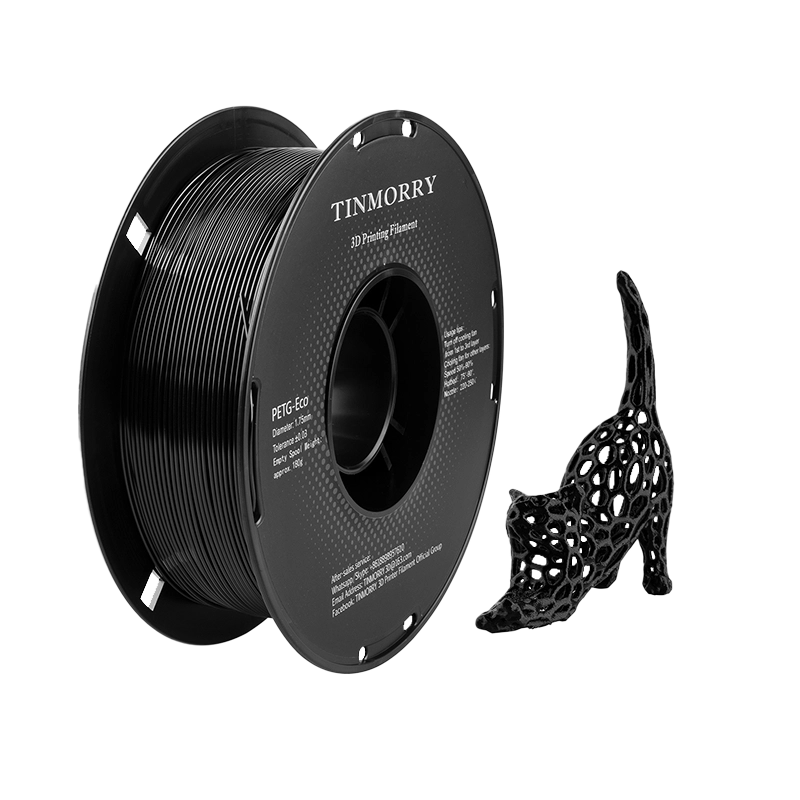
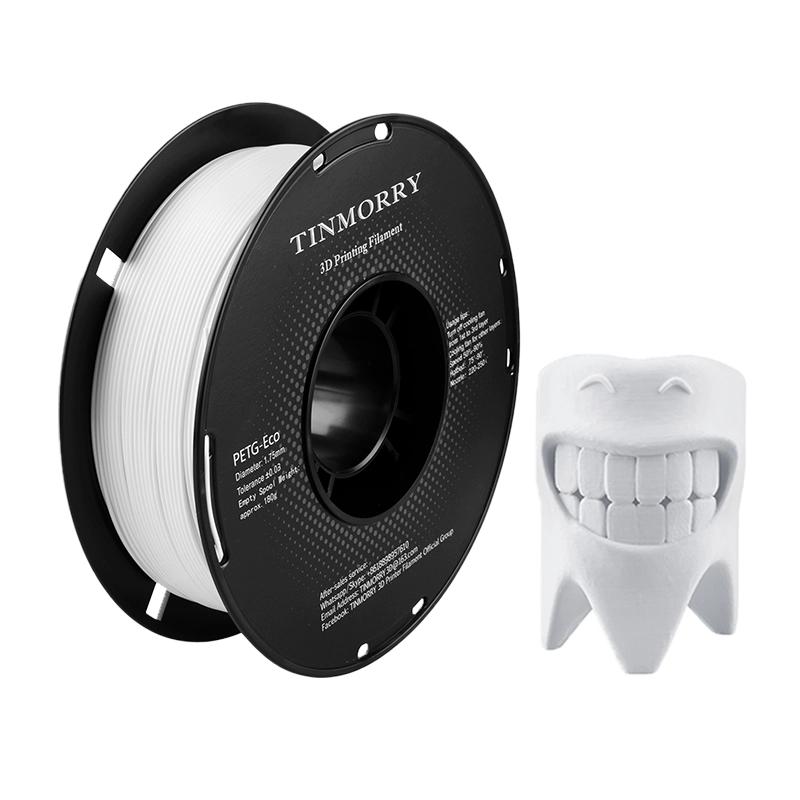
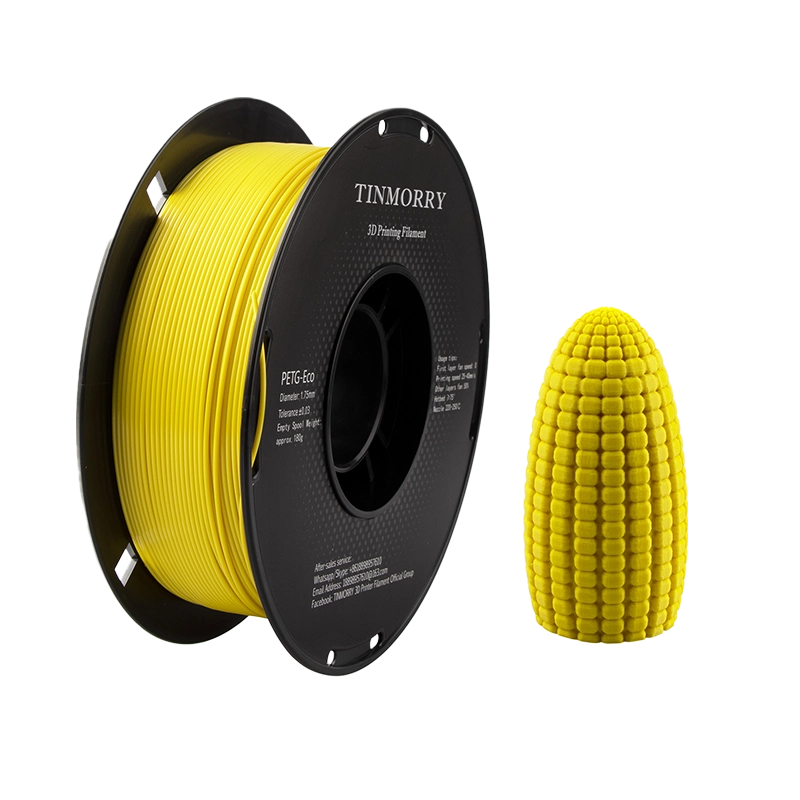
PETG-Glass Fiber
$7.80Per quantity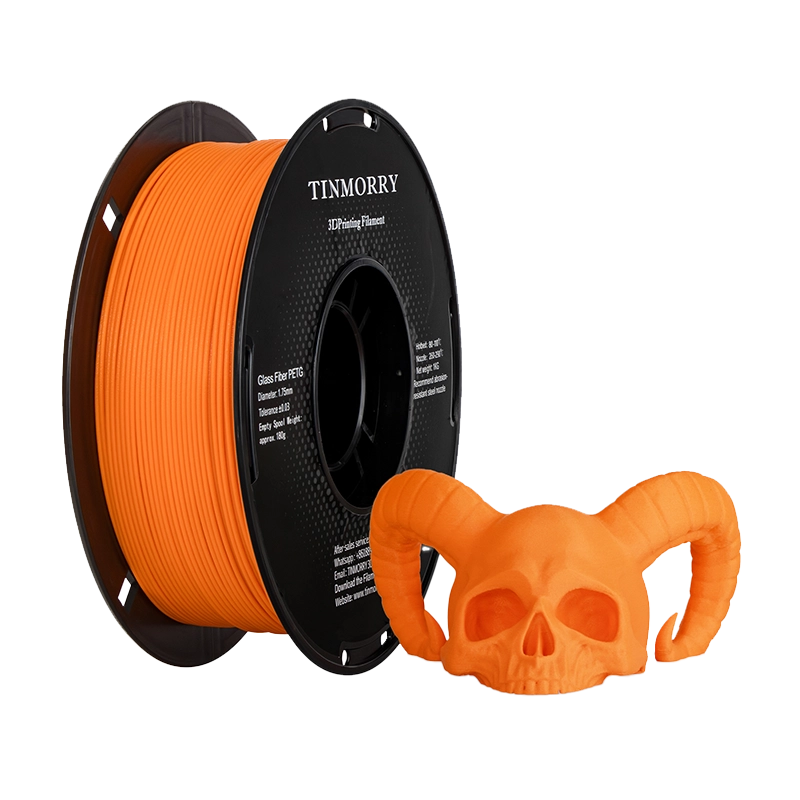
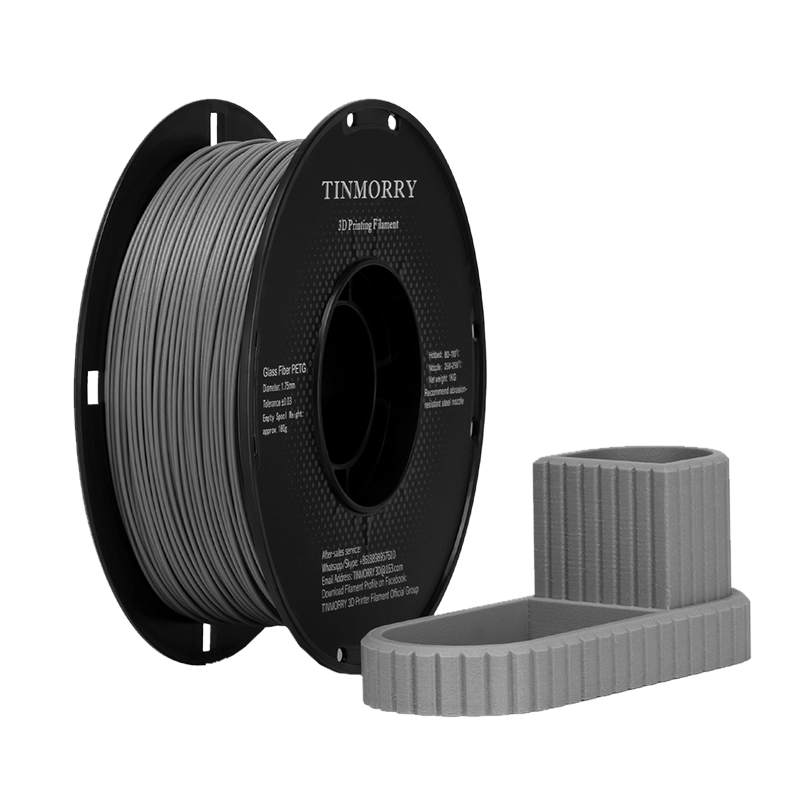
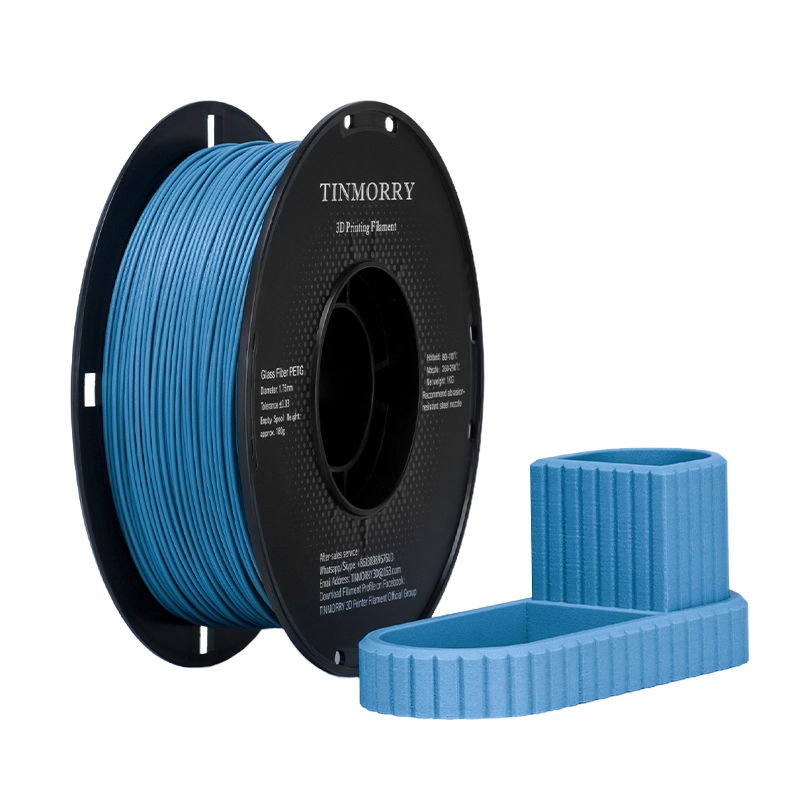
PETG-Carbon Fiber
$9.00Per quantity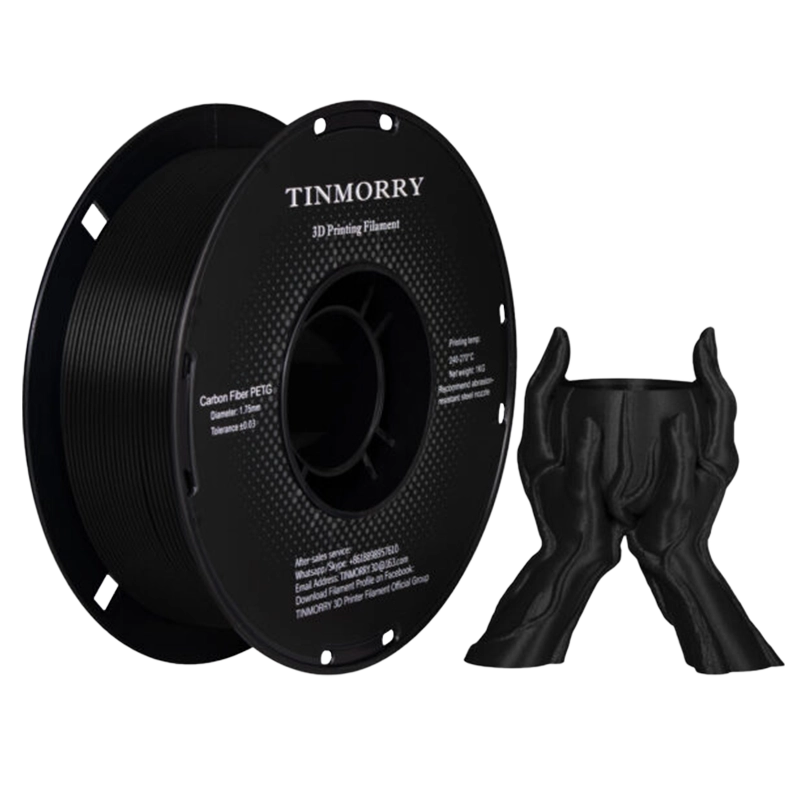
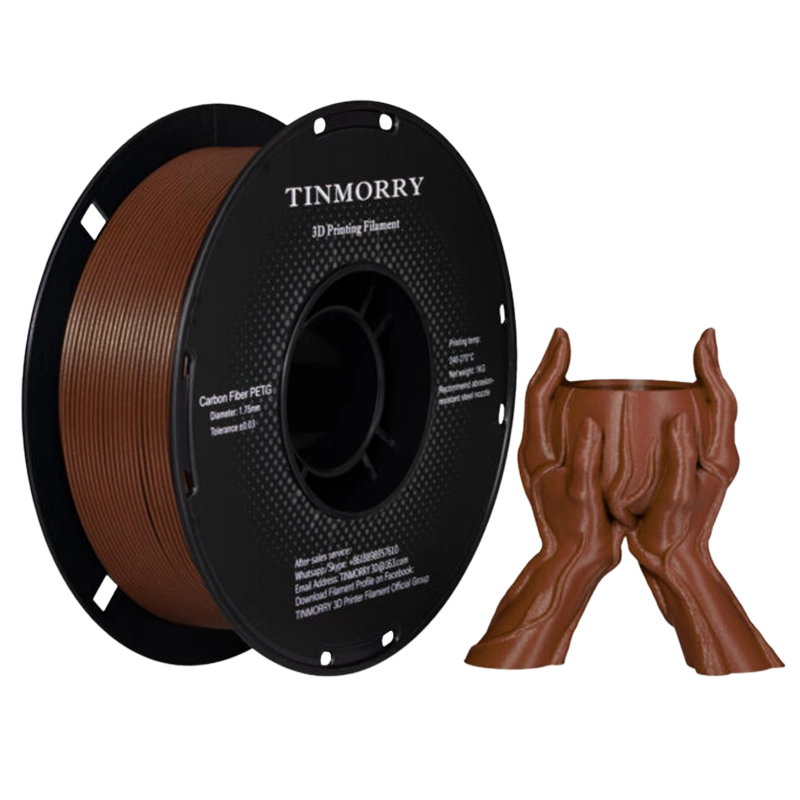
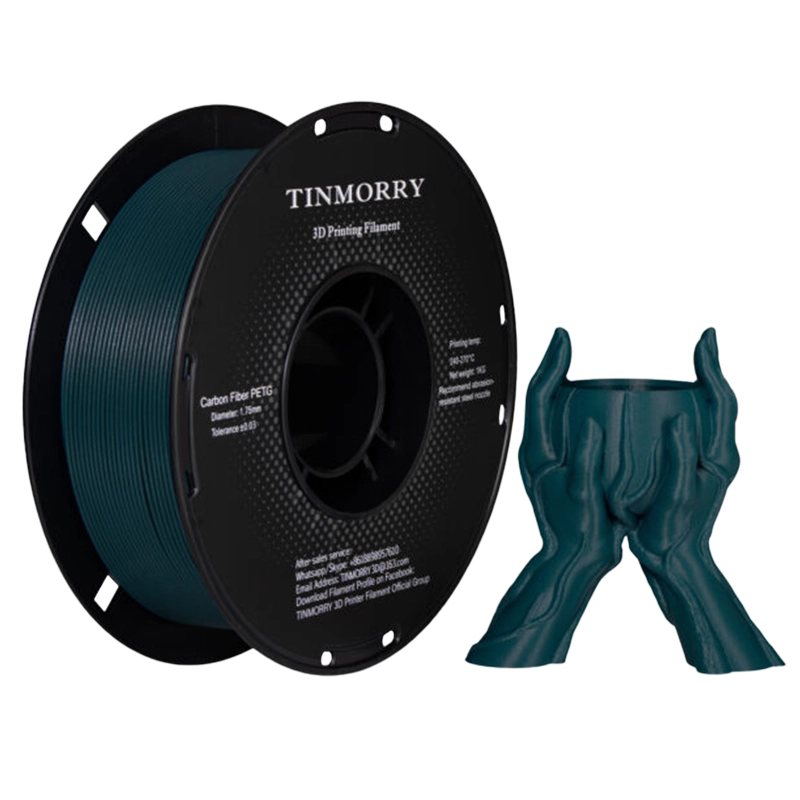
PETG-Marble
$5.50Per quantity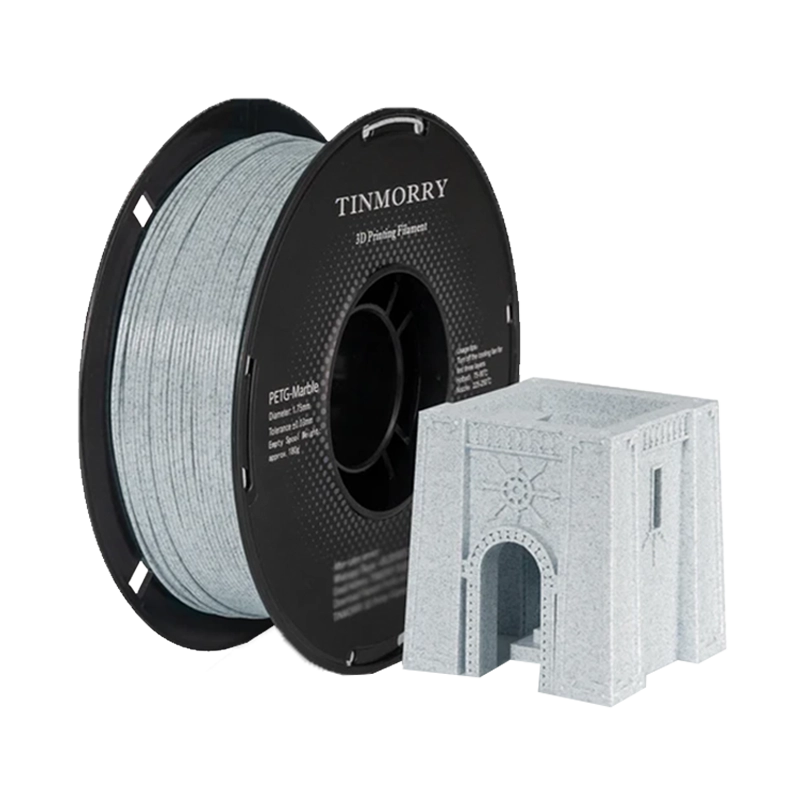
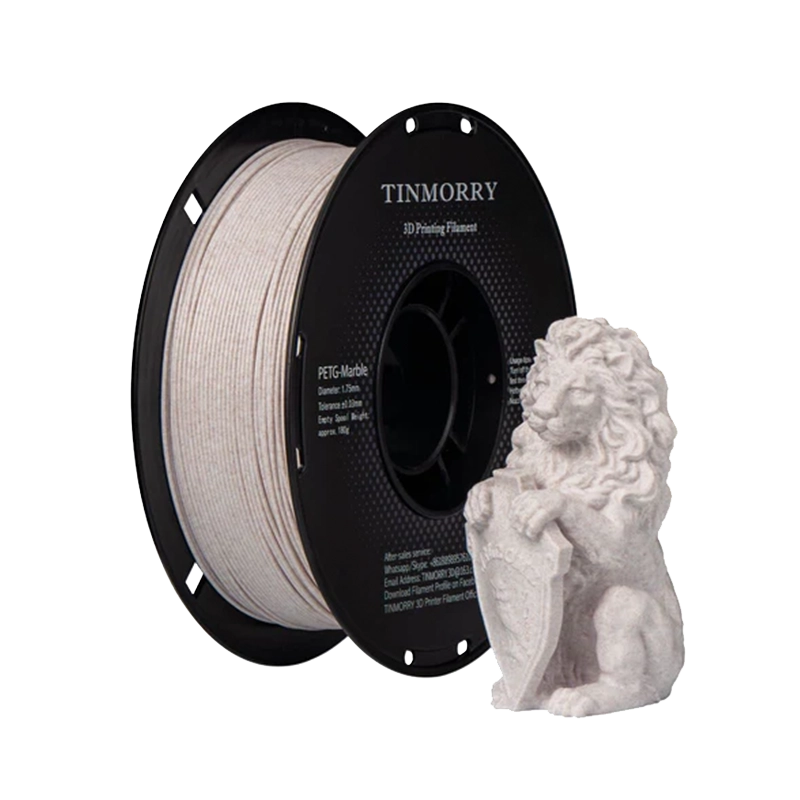
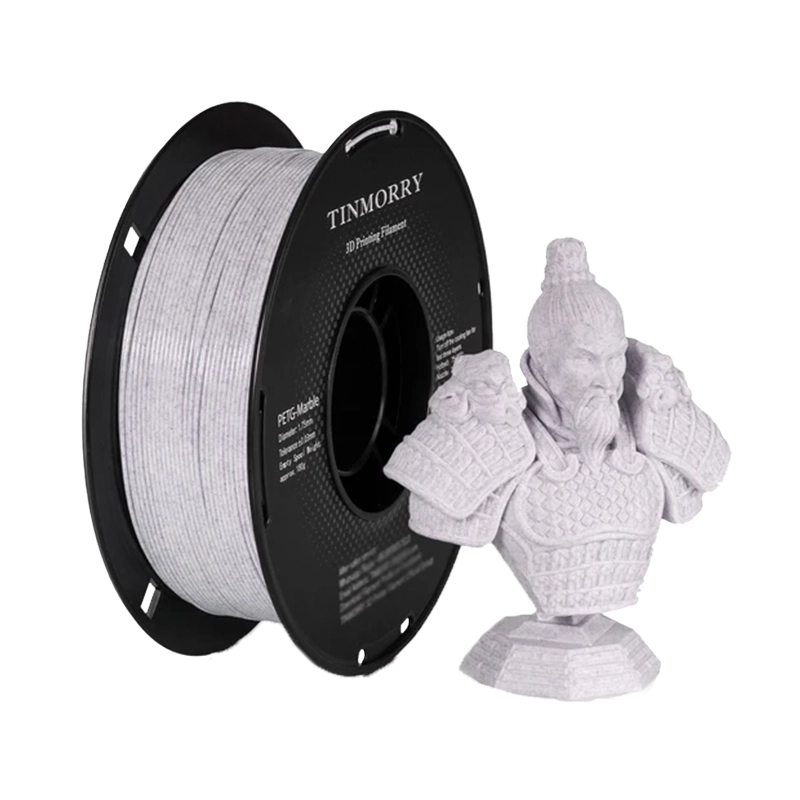
PETG-Sparkly
$7.00Per quantity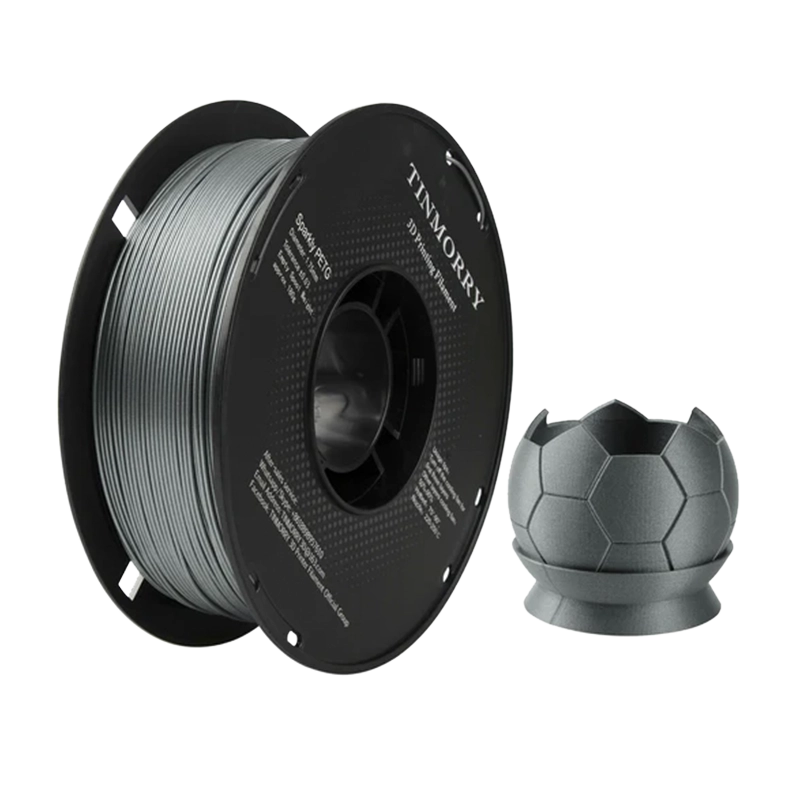
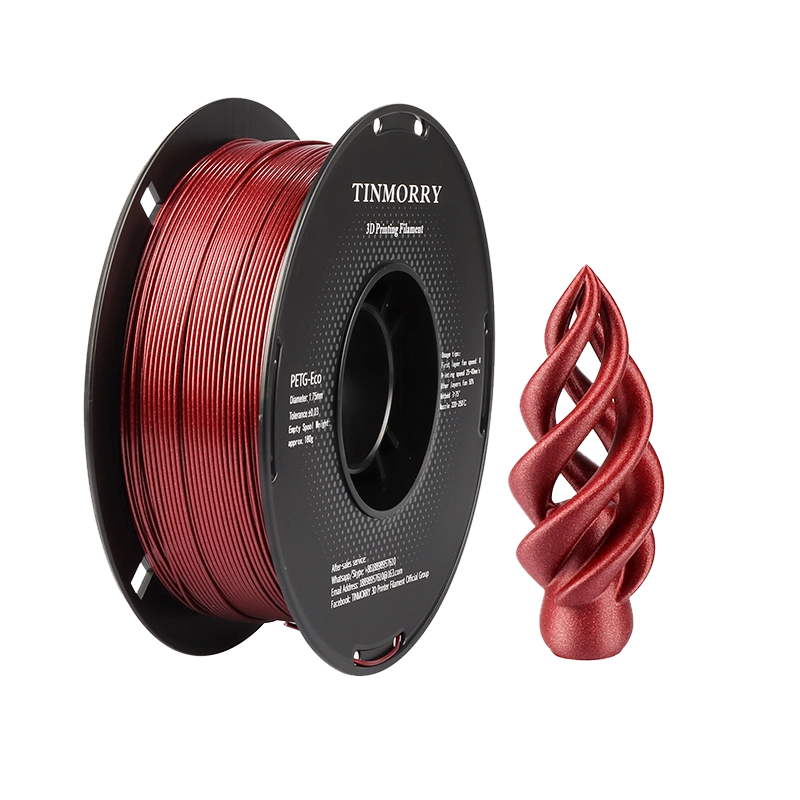
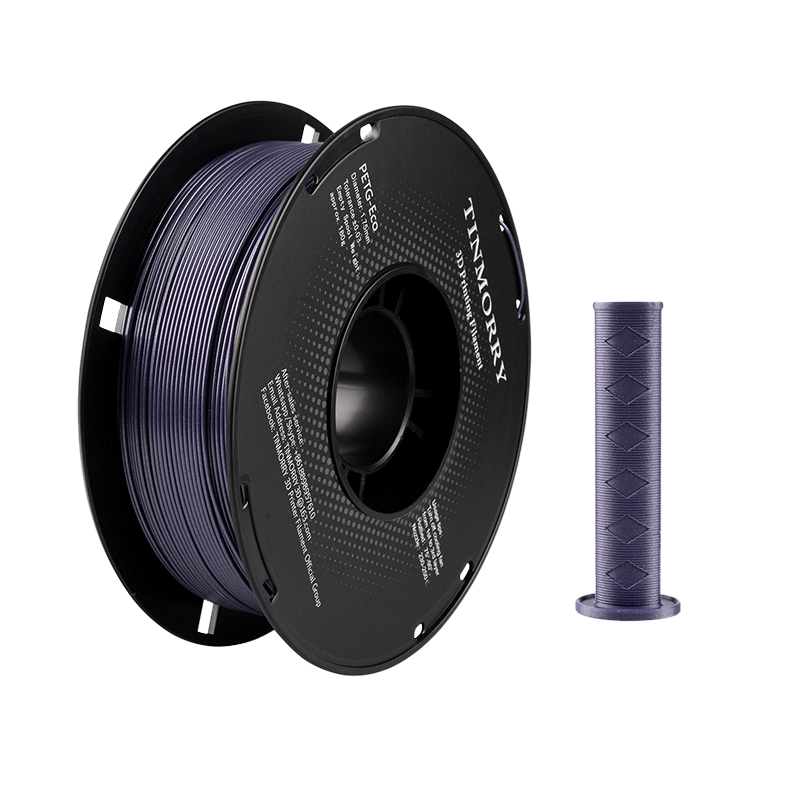
PETG Galaxy
$6.80Per quantity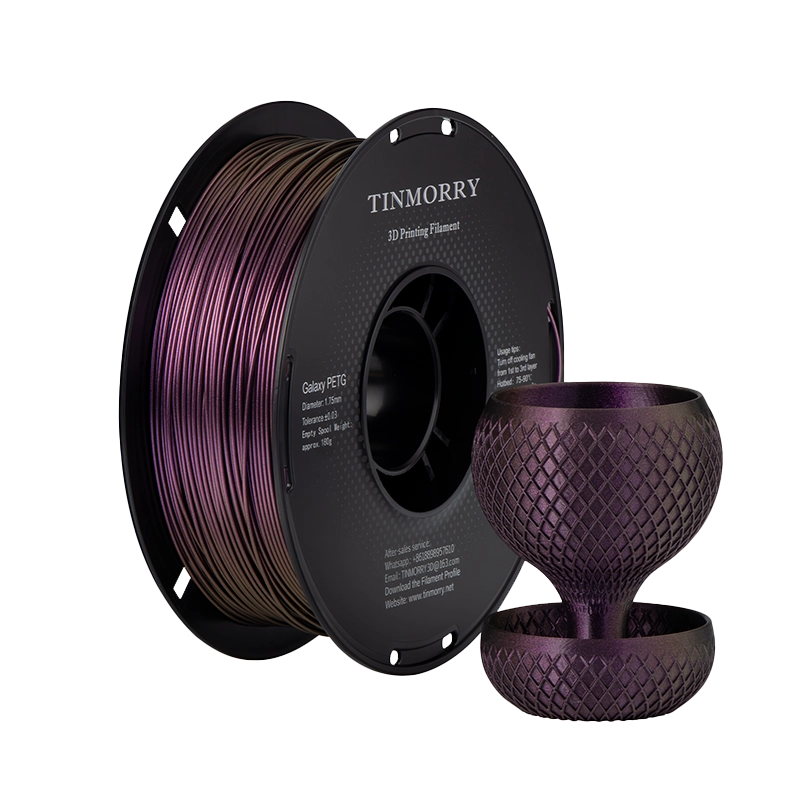
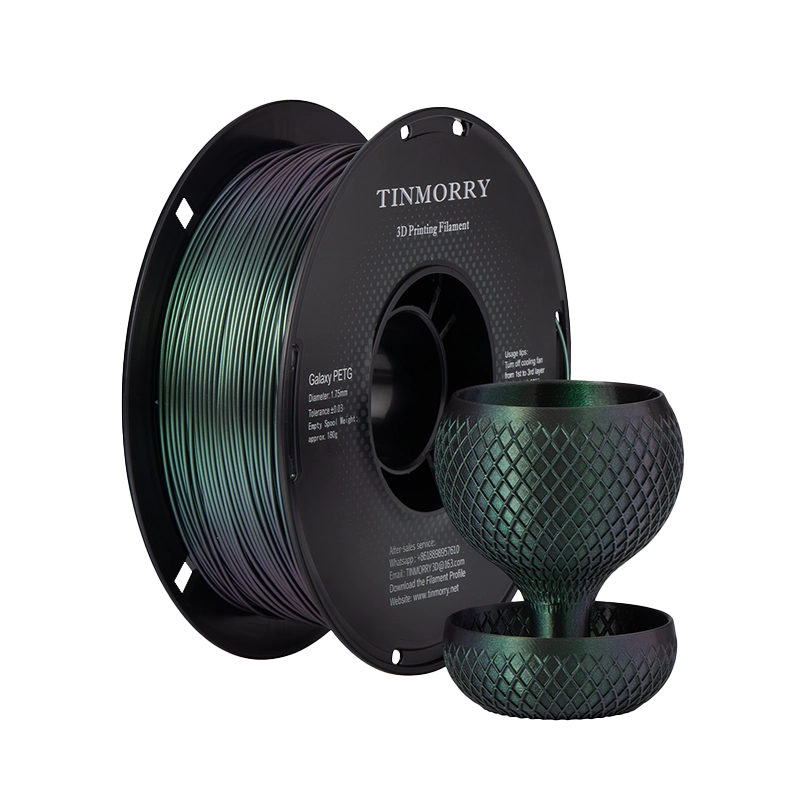
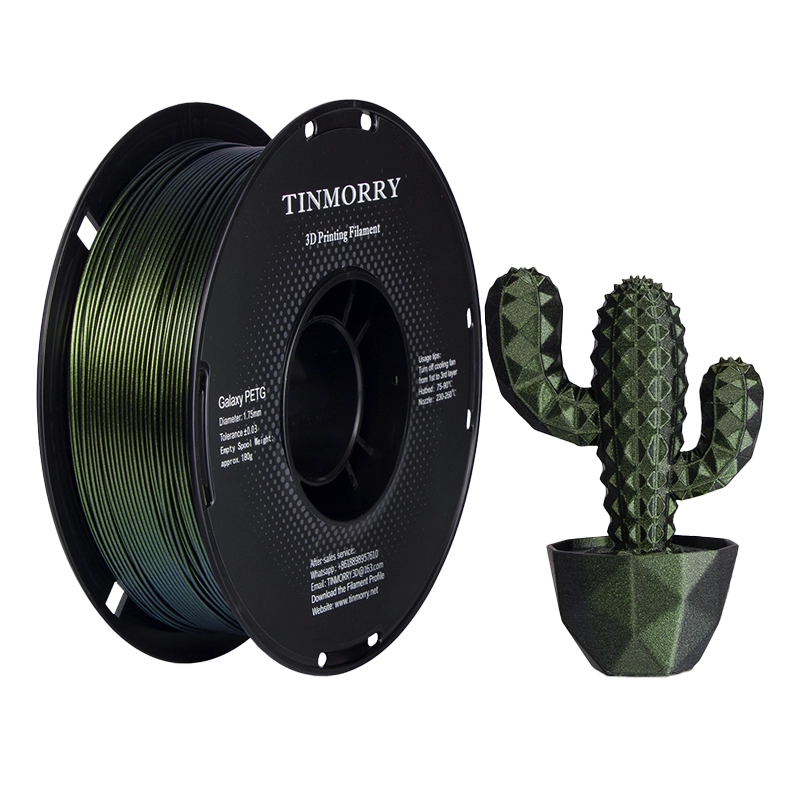
PETG-Transparent
$4.90Per quantity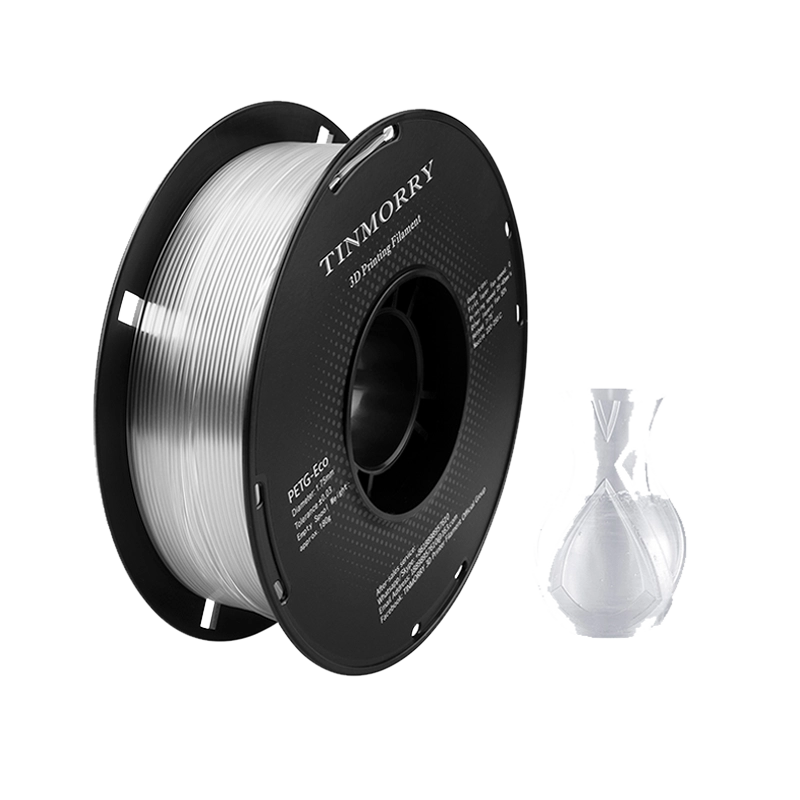
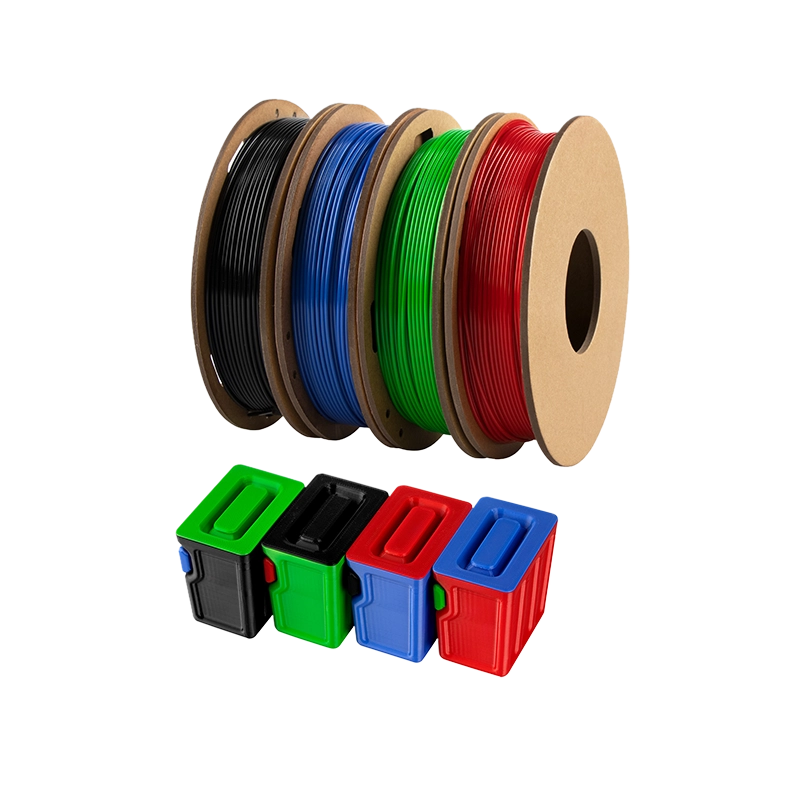
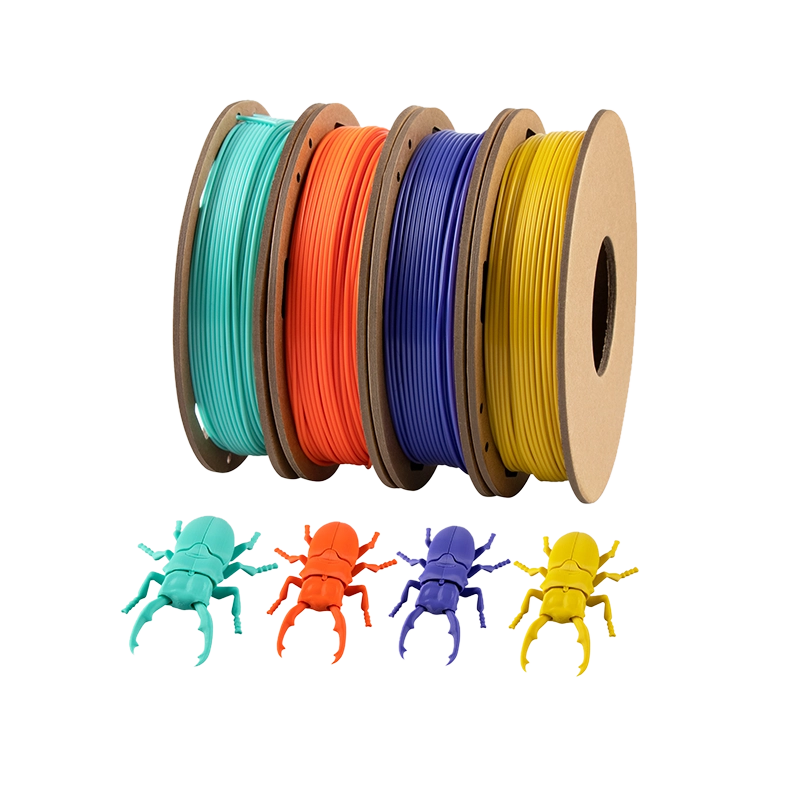
PETG-Glow Green /Luminous
$7.50Per quantity